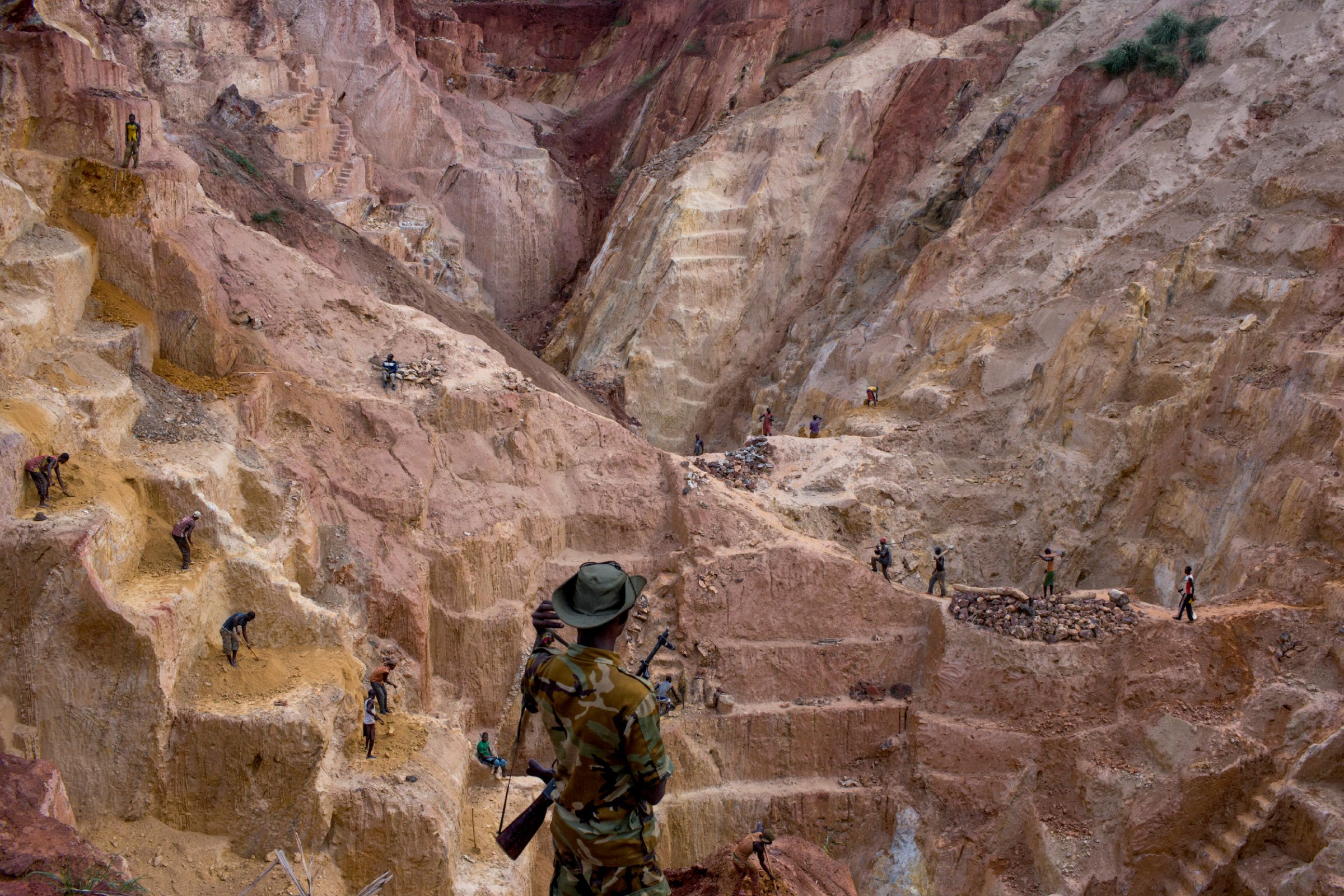
A lot can change in a few months. “Sincerely, I was very pessimistic about the future of the country,” says photographer William Daniels, who has spent the last two years documenting violence between groups of Muslim, Christian and animist fighters in Central African Republic. “There’s a humanitarian crisis, the state is in shreds, poverty is rampant.”
Now, as the country of more than 4 million prepares for elections, Daniels is more hopeful. “Pope Francis’ visit in November triggered something,” he says.
During his 26-hour stay in the landlocked nation at the heart of the Africa, the pontiff added the Koudoukou mosque in the riverside capital, Bangui, to his itinerary during his whirlwind trip. “By meeting with Bangui’s Muslims, who hadn’t left their neighborhood for close to two years, he created this need for peace and reconciliation,” Daniels says. “After his visit, Muslims left their enclave – some of them even walked all the way to Bangui’s downtown area. It was a very emotional thing to cover.”
Read more: Witness to Collapse in Central African Republic
Having spent so much time covering the cyclical violence, Daniels welcomed the change. The French photographer first arrived in Central African Republic in late 2013, as months of tension was boiling over in Bangui. That December, hundreds of people were killed across the city, bringing not only a rare global spotlight but also foreign peacekeepers. (Sexual abuse allegations against some international troops in the country have become routine in recent months.)
Daniels continued to cover the impact of the violence. In 2015, he spent nearly a third of his time in the country. There’s a practical reason to why he keeps returning. The year before, Daniels was awarded a $10,000 grant from Getty Images to return and go deeper, and he was the 2014 recipient of the Tim Hetherington Grant, an annual honor awarded by World Press Photo and Human Rights Watch. Pair that with a lack of media attention—fewer Western journalists—he’s had the advantage of a bit of breathing room to go behind the headlines and big news and fighting.
“I had these very hot images from late 2013 and early 2014, and now I can work in a different way and have some more subtle images,” he says. “I could go back to make some portraits, which I couldn’t do at the beginning of the coverage of the crisis. I’m still missing a lot of pictures, but I think I’m starting to have some range.”
Read more: Back and Forth in Central African Republic’s Unholy War
As the violence has ebbed, his “hot” images have given way to ones that are more quiet, normal, personal. Balancing out his pictures of internally displaced people—like those he encountered in a village where 120 homes were burnt, pushing thousands of people to seek safety in the bush—there’s the prayerful group on their way back from church, the scene of the anti-balaka fighter smoking a cigarette and the portraits of men at a large mine, hunting for specks of gold.
“It was important for me to balance the grim with the soft, to not see Central African Republic as a country where only people are starving and fighting,” he says. “My goal was not only that, but also to keep testifying to the consequences of what happened in the past and the impact now.”
One of the topics he plans to pursue on his upcoming trip—his 10th and, for now, his last—is a closer look at the lives of the country’s youth. Forty percent of the population is age 14 or younger. “One big trouble is what to do about the youth, who are poor and uneducated and naïve,” Daniels says. He hopes his pictures will remind them of their past so they can chart a more promising future.
William Daniels is a photographer represented by Panos Pictures. Daniels previously wrote for LightBox about his escape from Syria. Follow him on Instagram.
Andrew Katz is TIME’s international multimedia editor. Alice Gabriner, who edited this photo essay, is TIME’s International Photo Editor. Follow TIME LightBox on Facebook, Twitter and Instagram.

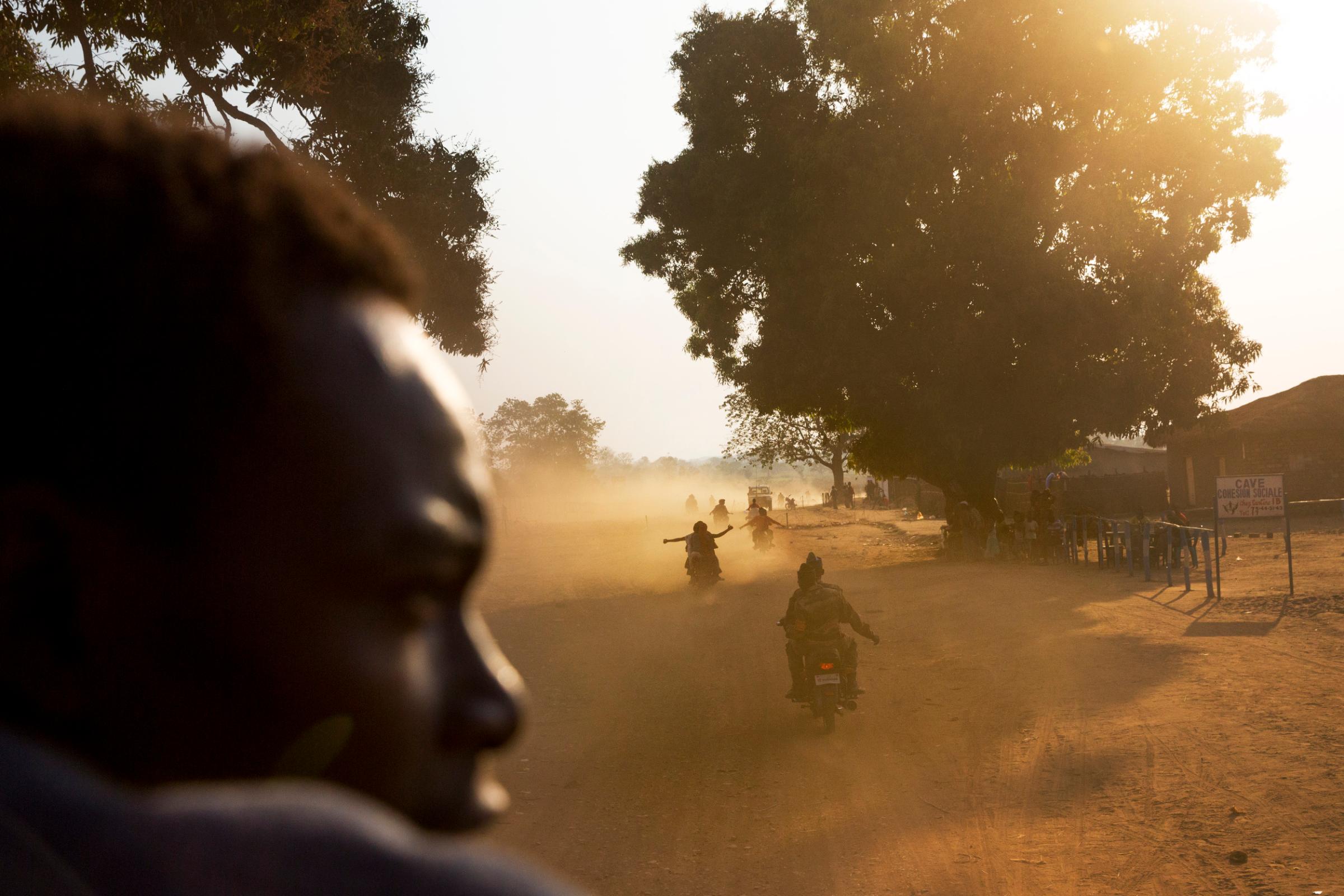
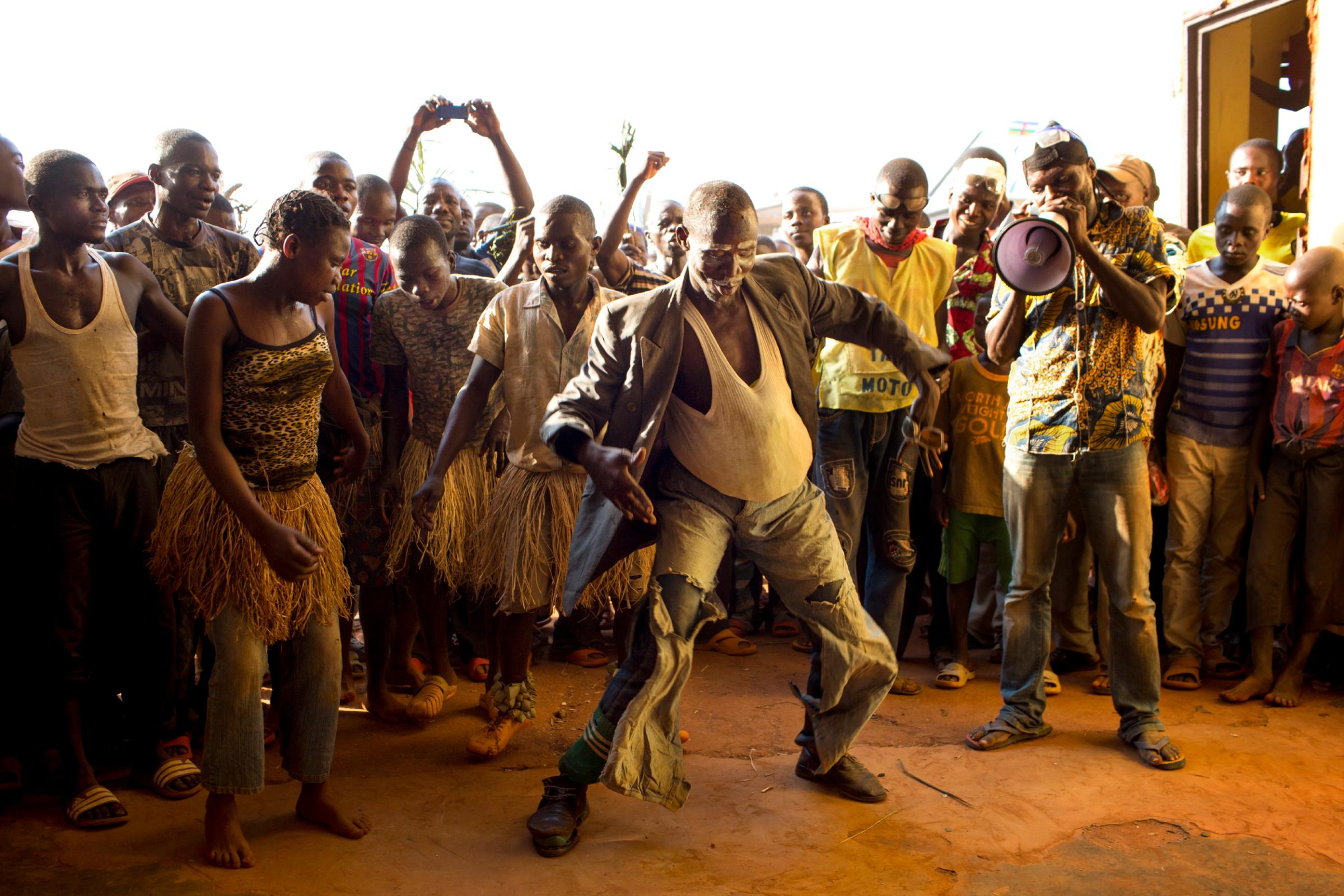
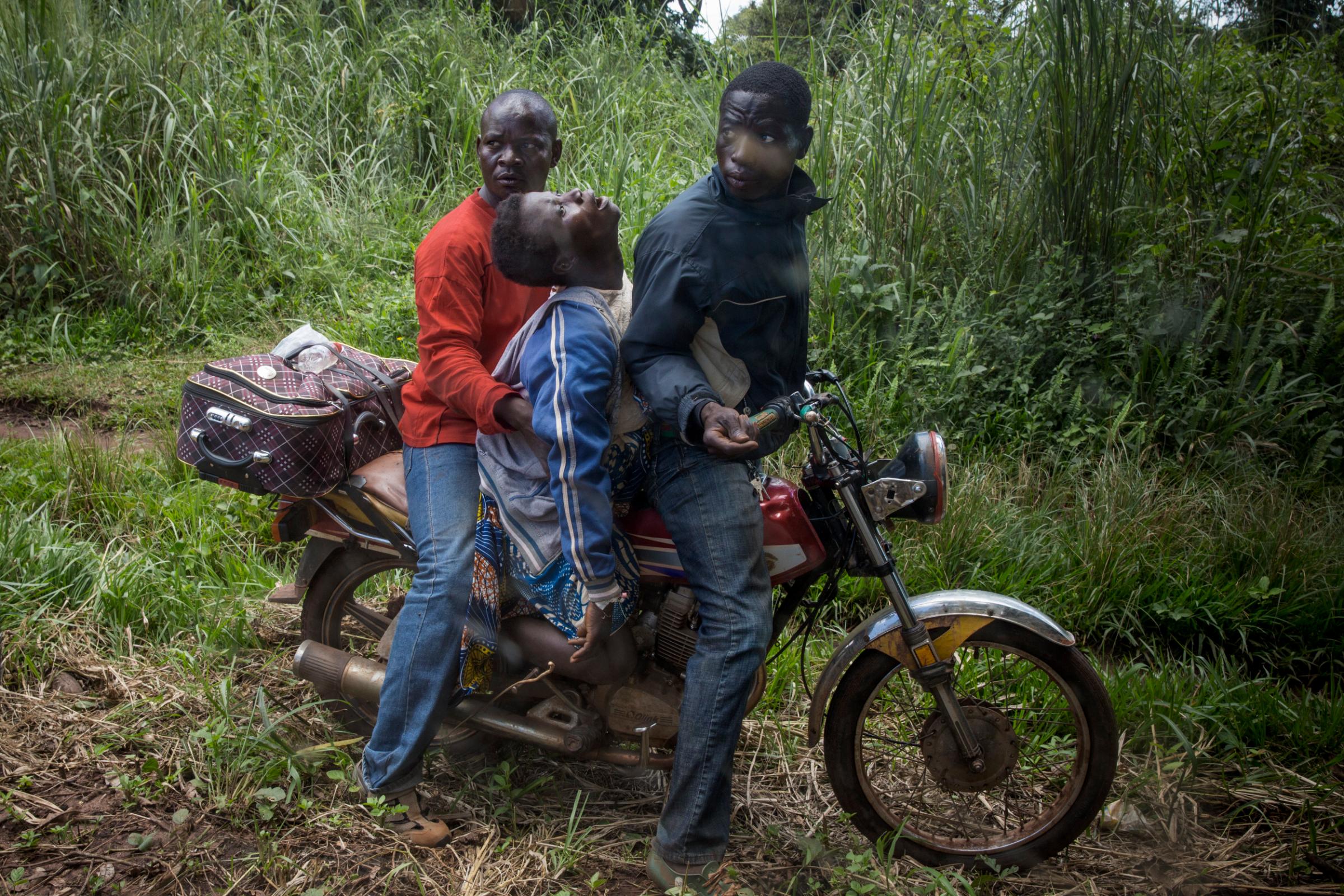
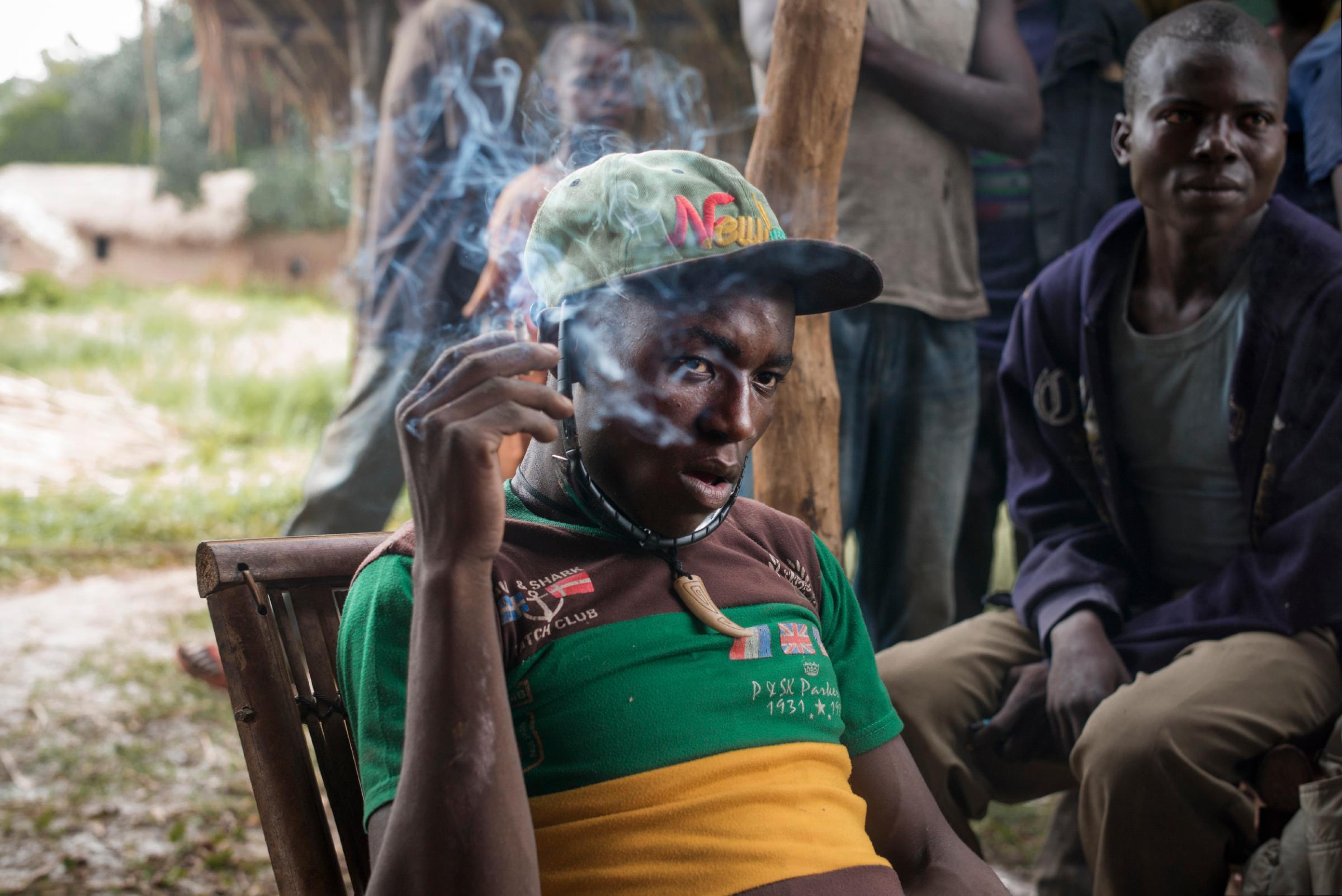

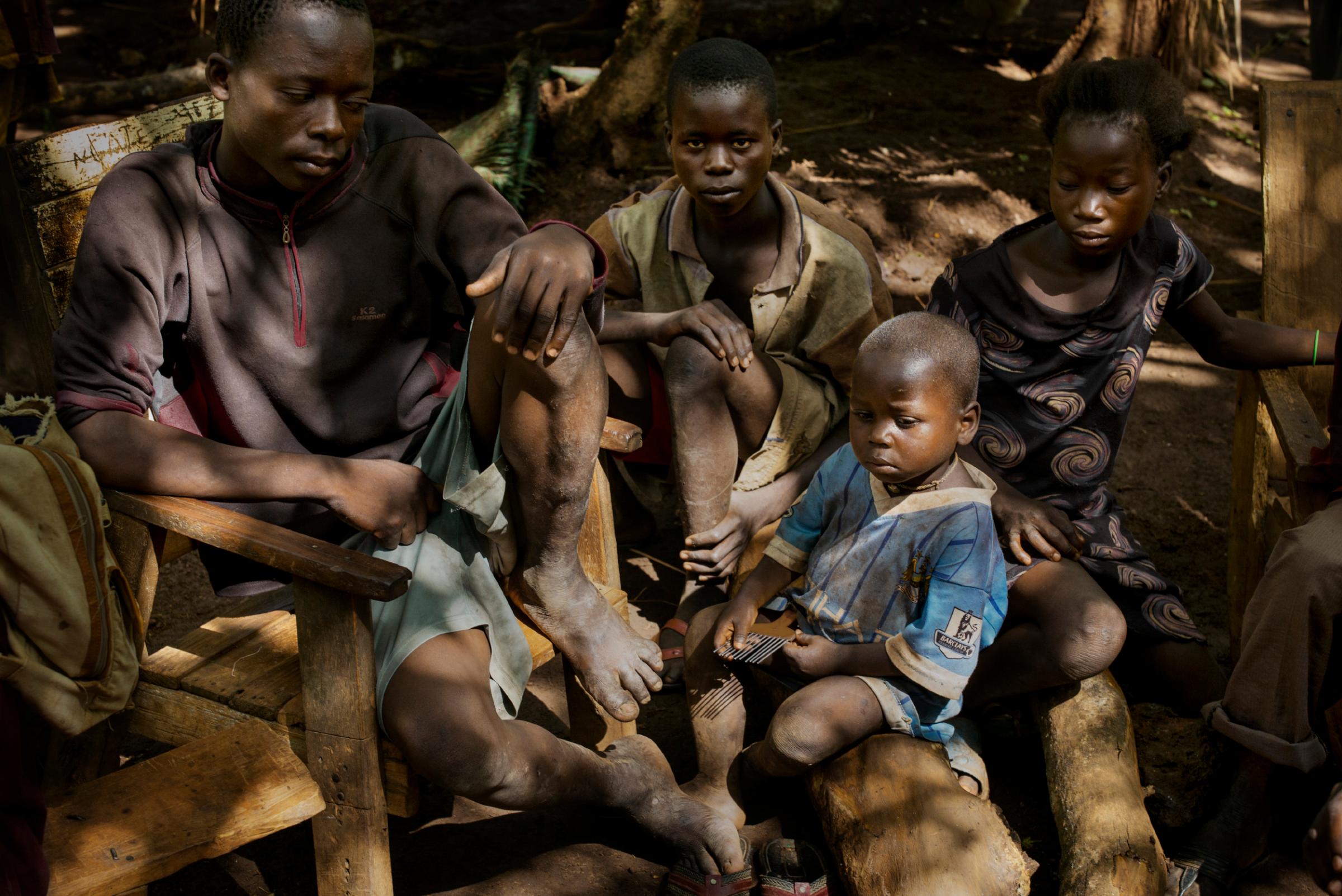
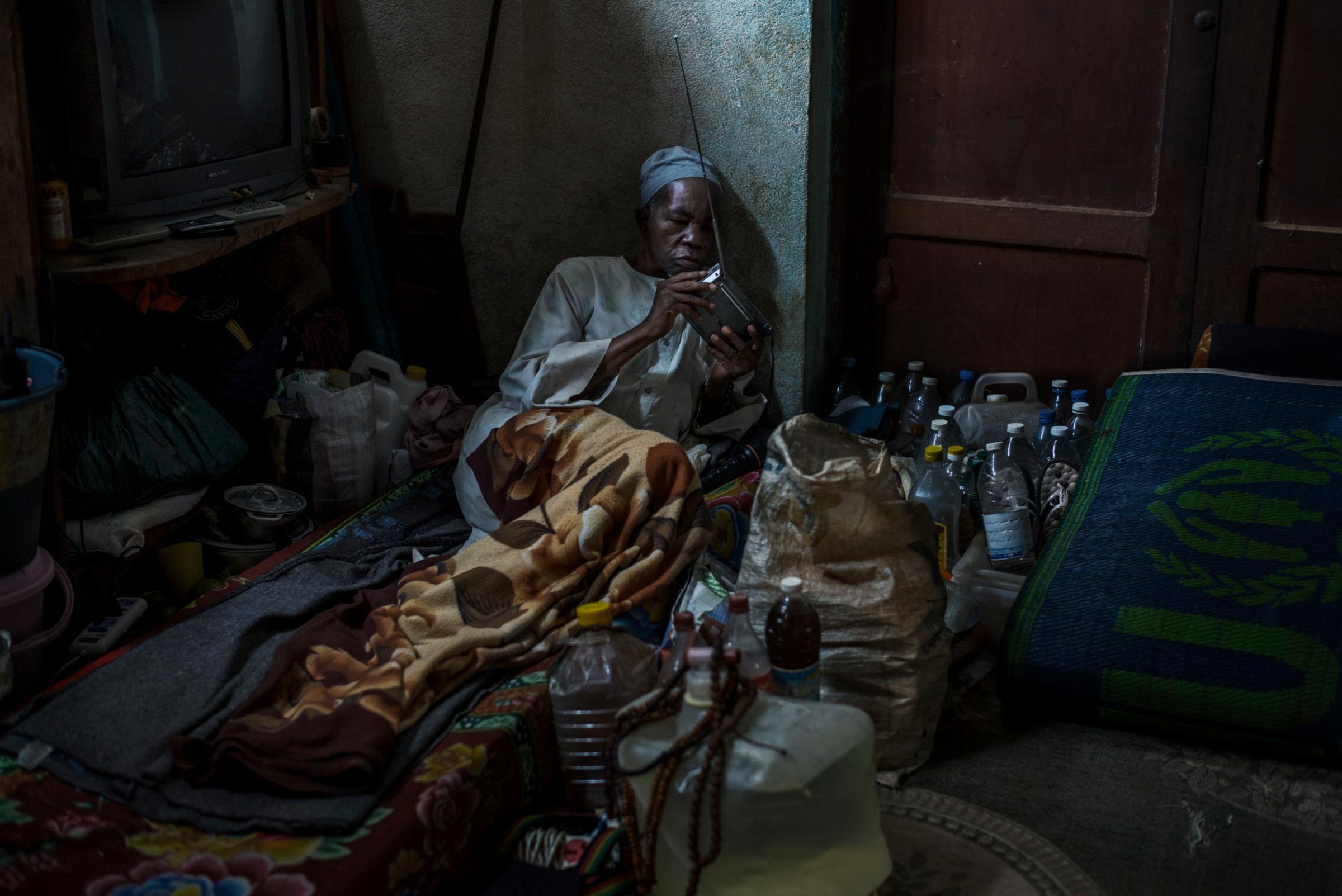

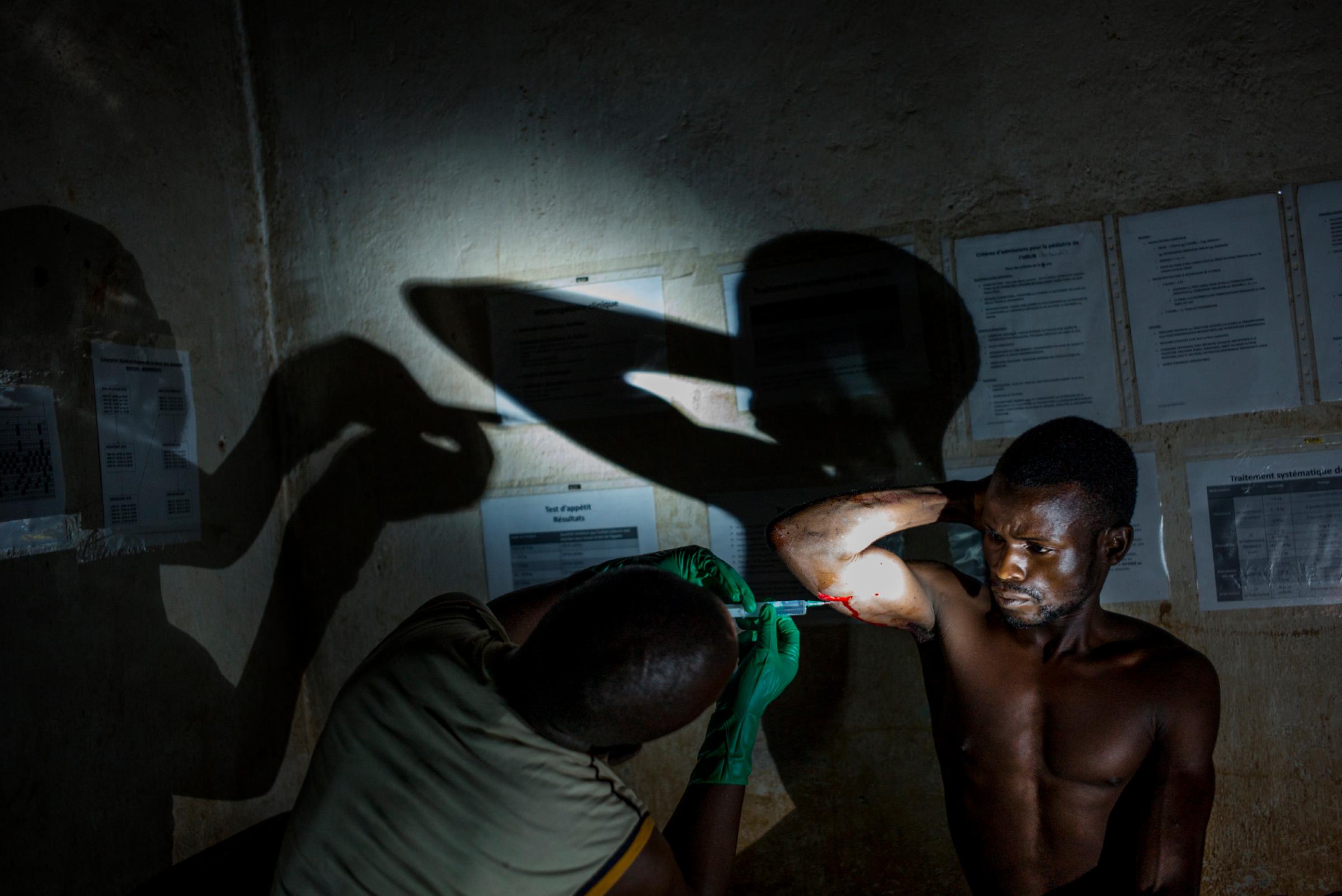
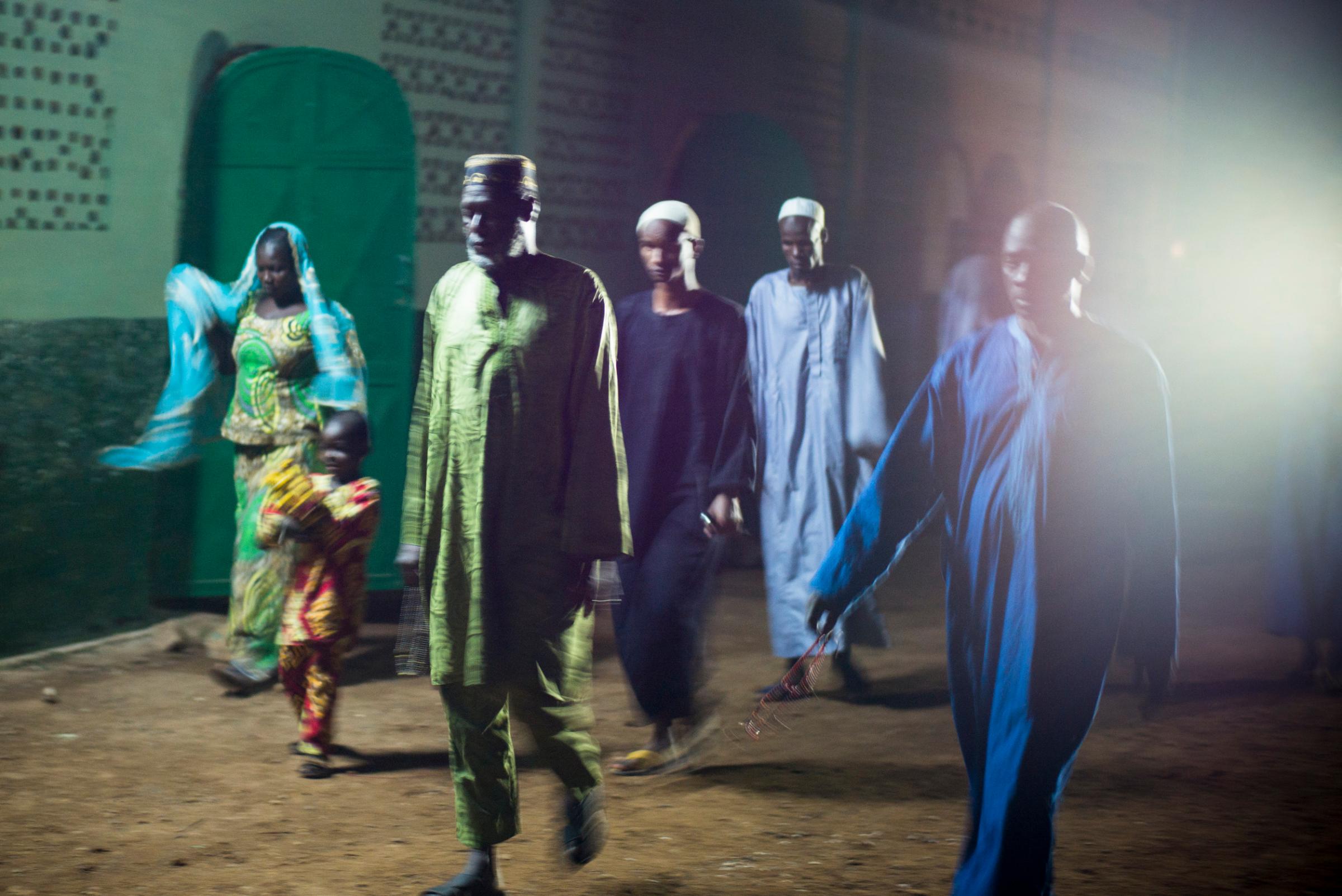

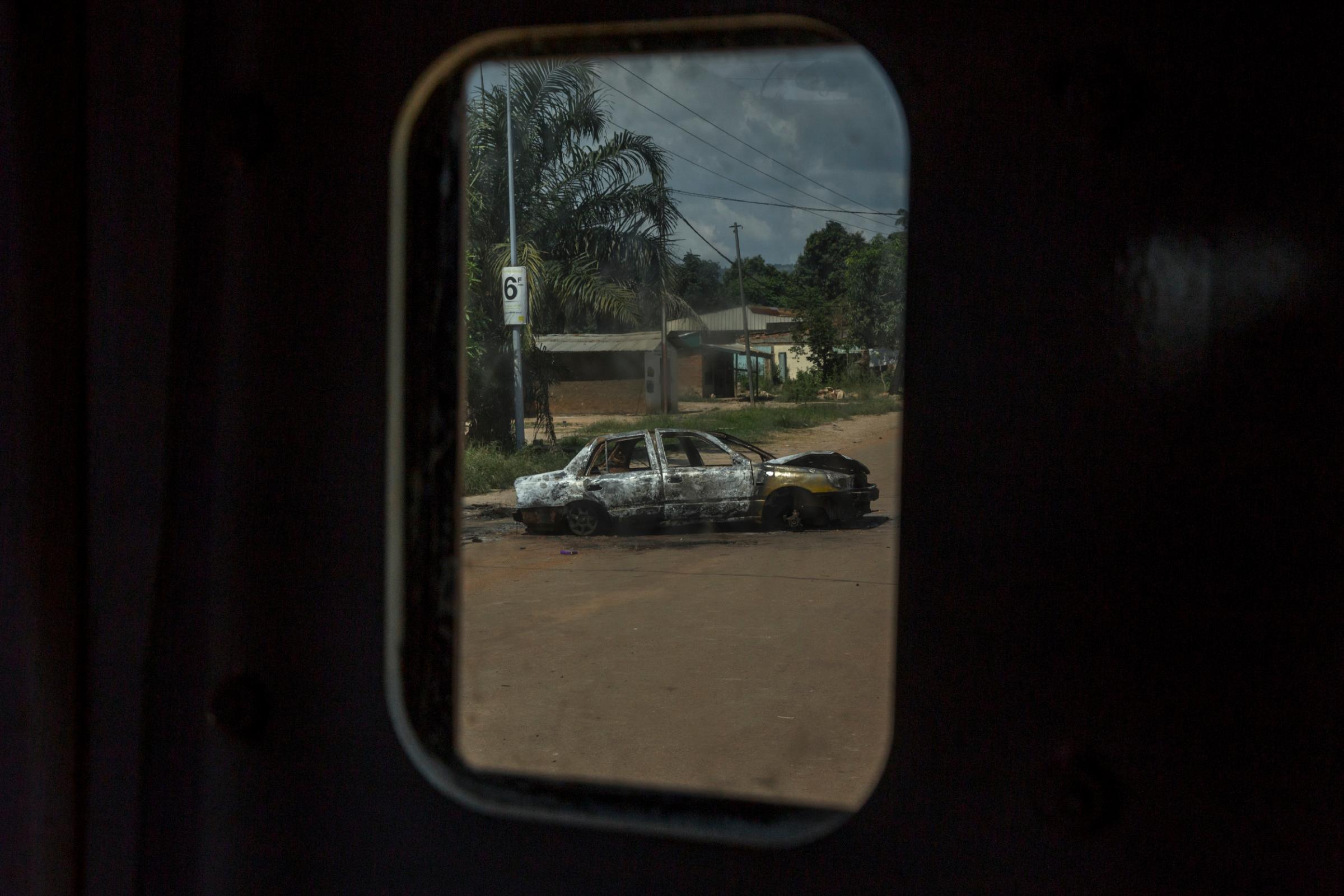
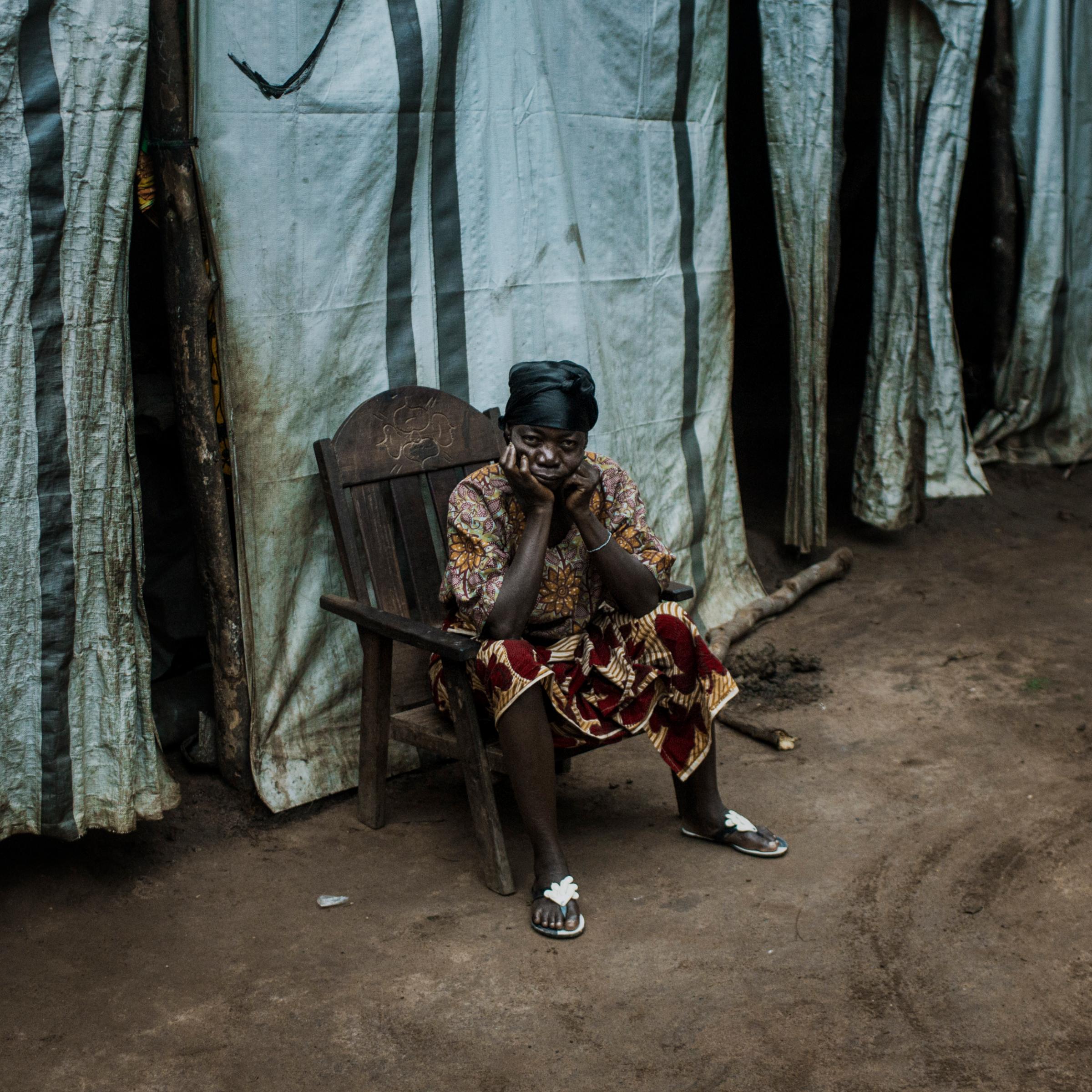


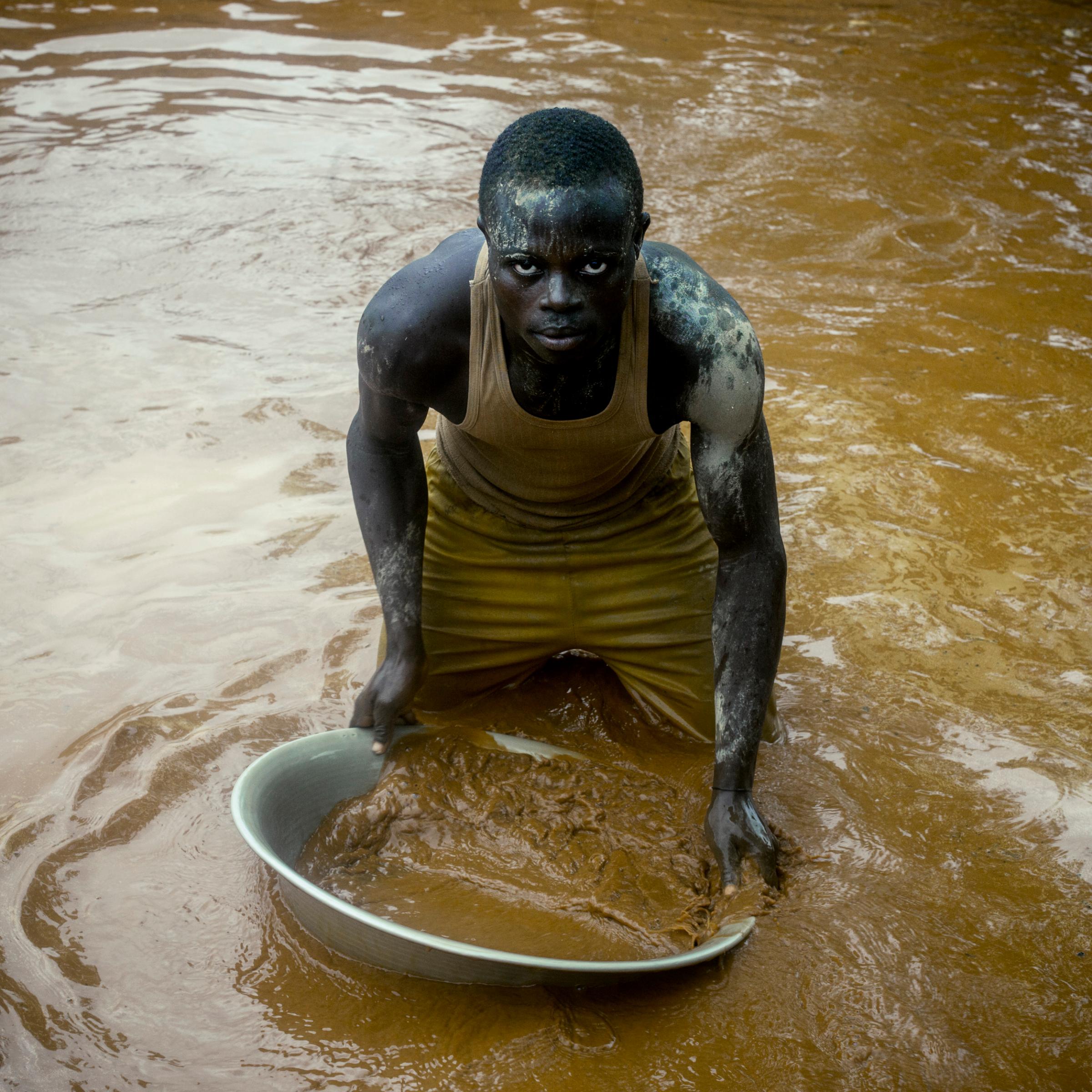
More Must-Reads from TIME
- Donald Trump Is TIME's 2024 Person of the Year
- Why We Chose Trump as Person of the Year
- Is Intermittent Fasting Good or Bad for You?
- The 100 Must-Read Books of 2024
- The 20 Best Christmas TV Episodes
- Column: If Optimism Feels Ridiculous Now, Try Hope
- The Future of Climate Action Is Trade Policy
- Merle Bombardieri Is Helping People Make the Baby Decision
Contact us at letters@time.com